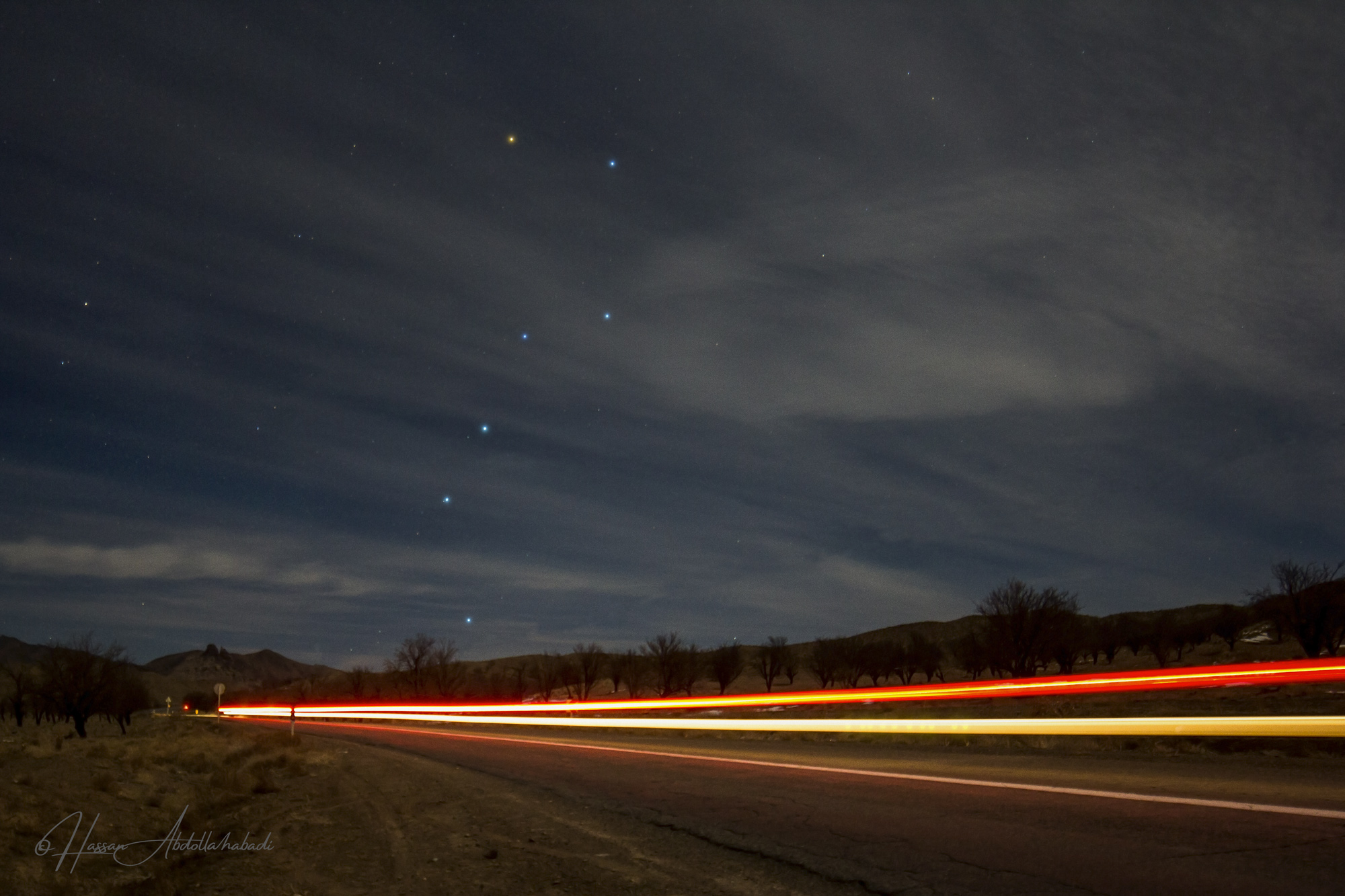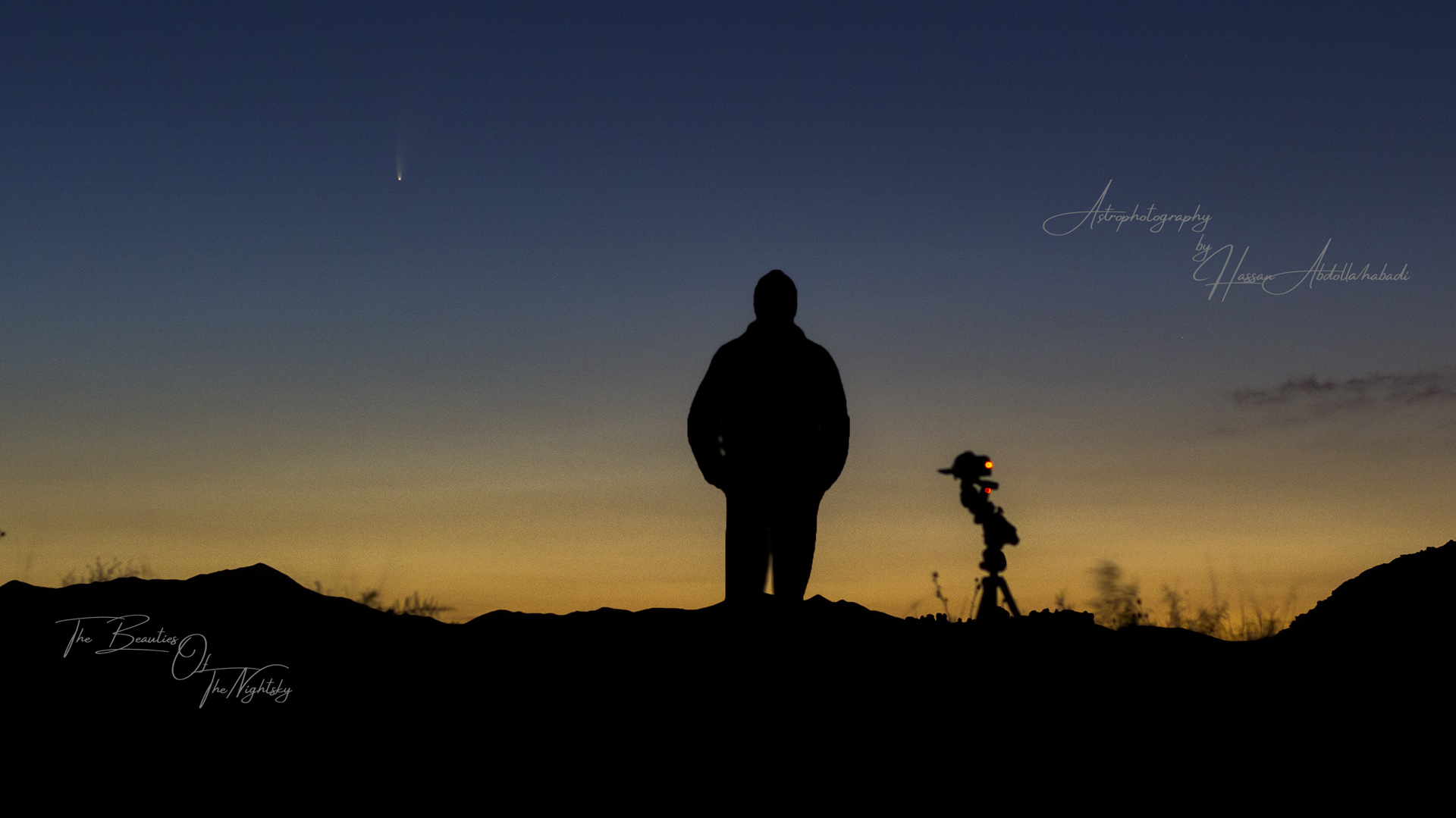
Ursa Major is one of the most famous constellations in the sky and also the most important constellation in April.
This constellation reaches its best observational status at the end of April.
Ursa Major is the third largest constellation in the Northern Hemisphere
In ancient times, this constellation was thought of as a bear, and since another smaller constellation resembled a bear, it was called the Great Bear and the other the Little Bear.
Its name means the same thing in many other languages: in Arabic it is called “Great Bear”, in English it is called Great Bear and in Latin it is called Ursa Major.
Its seven bright stars, known among the people, are in the shape of a large ladle or float
Type : Constellation
Optic : Samyang Lense
Focal Length : 14 mm F/2.8 @ F/2.8
Camera : Canon EOS60D
ISO : 400
Filters : –
Guide Scope : –
Total EXP : 12 Sec
Technique used : –
Dark : –
Flat : –
Bias : –
Dark Flat :-
Software: Photoshop
Date Taken : 26 January 2014
Place : Kashmar , Iran
دب اکبر در پس ابرهای سیروس
دُبّ اکبر یکی از معروفترین صورت فلکیهای آسمان و همچنین مهمترین صورت فلکی فروردین ماه است
این صورت فلکی در اواخر فروردین ماه به بهترین وضعیت رصدی می رسد. دب اکبر از نظر بزرگی سومین صورت فلکی در نیمکرۀ شمالی است
در قدیم، این صورت فلکی را به شکل یک خرس تصور کردهاند، و از آنجا که صورت فلکی کوچکتر دیگری هم شبیه خرس بوده است، این را خرس بزرگ و آن دیگر را خرس کوچک نامیدهاند
معنای نام آن در بسیاری از زبانهای دیگر هم به همین معناست: در عربی «دُبّ اکبر»، در انگلیسی Great Bear و در لاتین Ursa Major نامیده میشود
هفت ستارهٔ پرنور آن که در میان مردم شناخته شده است به شکل یک ملاقه یا آب گردان بزرگ است
بهمن ۱۳۹۲
